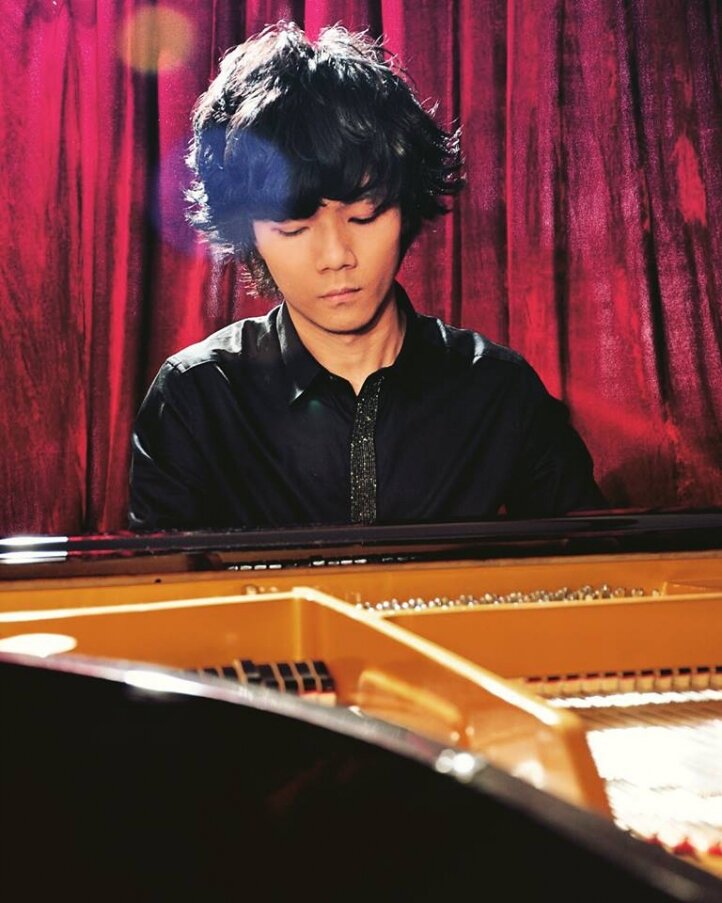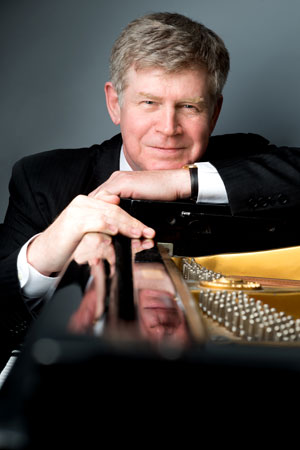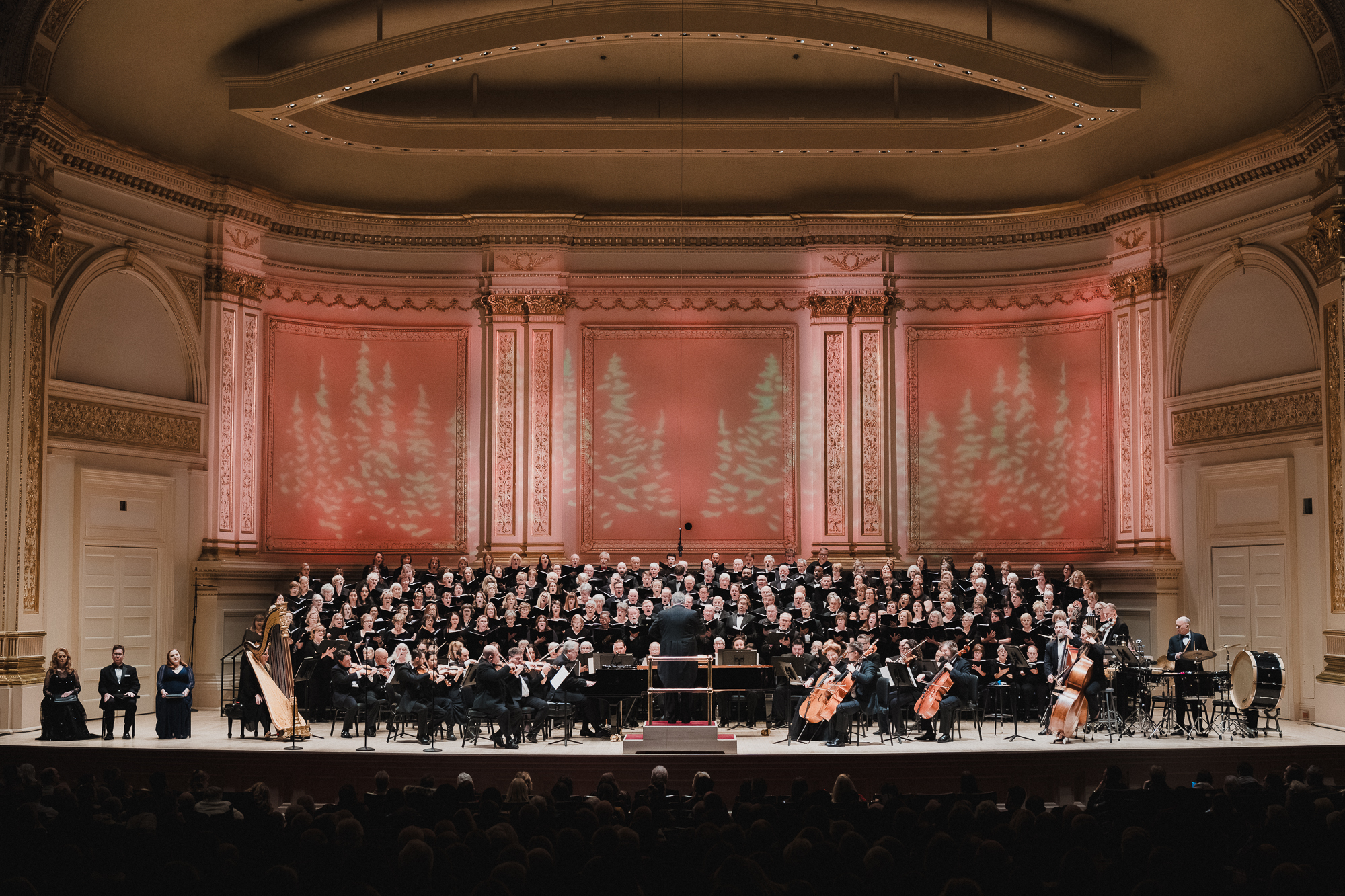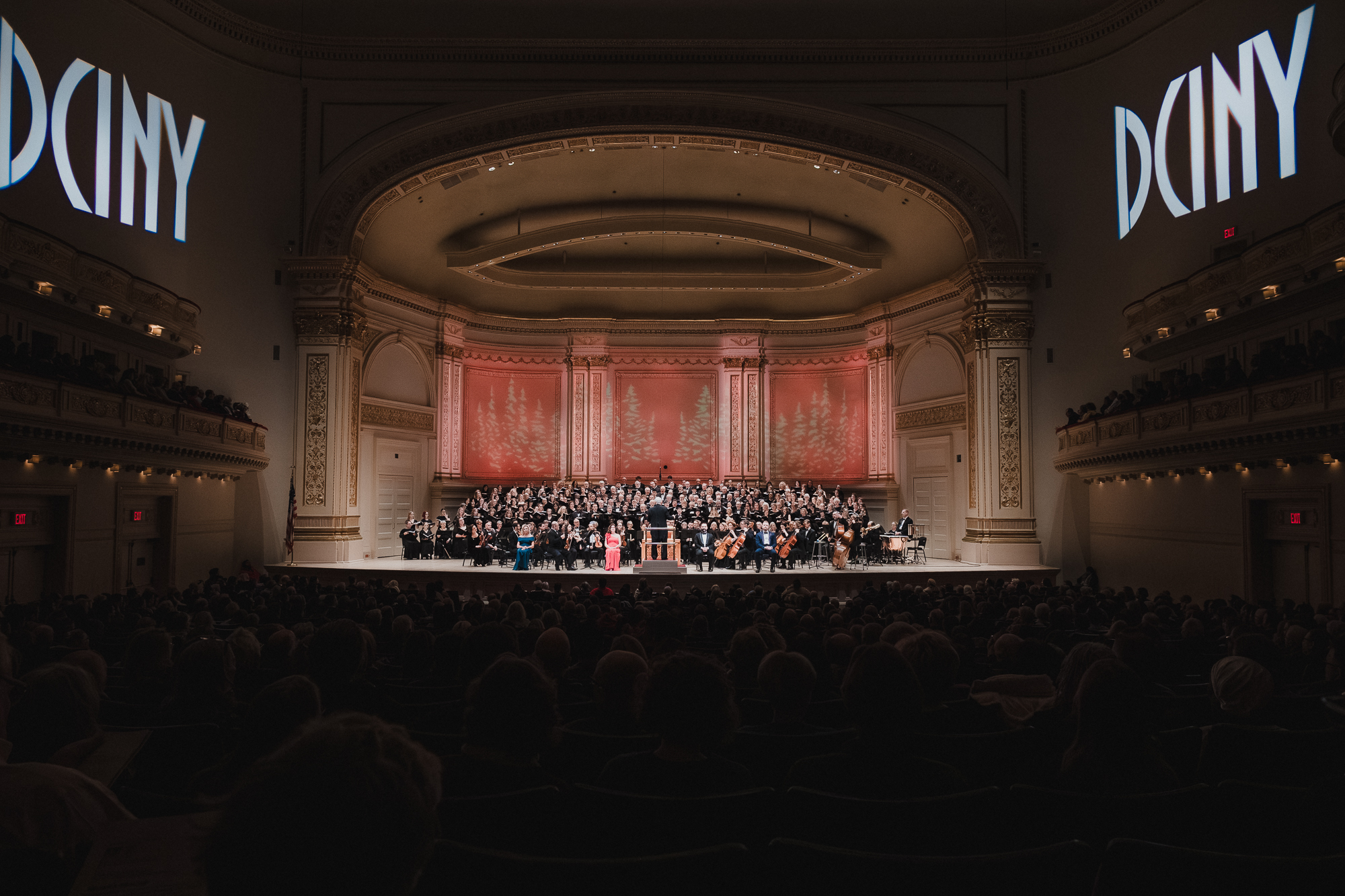Zeze Xue, pianist
Klavierhaus, New York, NY
December 28, 2024
Pianist Zeze Xue was the young soloist at Klavierhaus this weekend in a concert not to be forgotten and not apt to be duplicated. As background, I had reviewed Mr. Xue favorably in 2021 – once after a recital in Bruno Walter Auditorium and once for a compilation video celebration of the 85th birthday of his teacher Solomon Mikowsky (who left the world this March and to whose memory this weekend’s recital was dedicated). Mr. Xue’s performances were certainly impressive three years ago, but his wide-ranging and highly ambitious program for Saturday was an even more tantalizing prospect. The concert would open with J. S. Bach’s Italian Concerto and continue with Sergei Rachmaninoff’s sprawling set, the Moments Musicaux, Op.16. The second half was to focus on music of the United States from the 20th and 21st centuries, including works by Charles Tomlinson Griffes, George Gershwin, Samuel Barber, John Cage, and Elliott Carter.
Though the program was generous (lasting around ninety minutes), it never “wore out its welcome.” Spanning the gamut of pianistic styles, it was curated in such a way that it stimulated but did not tax the listener; it did, however, present just about every challenge a pianist could undertake, from the precise transparency of line in the Bach to the wide range of textures and emotions in the roughly thirty-minute Rachmaninoff set. The second half moved to different demands, starting with the coloristic nuance of the Griffes Three Tone-Pictures and continuing to the “Americana” and jazz styles in Barber’s Excursions and Gershwin’s Songbook. In complete contrast came Cage’s In a Landscape, requiring a sustained trance-like calm, and Carter’s Caténaires, demanding detached digital ferocity. Few pianists could cover such a massive range of repertoire convincingly within a single program, but Mr. Xue did just that before a grateful capacity crowd.
Bach’s Italian Concerto established a heraldic spirit as the opening. The first movement celebrated with robust sound and rhythmic energy. It was immaculate, with impressive clarity in each note. Occasionally, given the very bright instrument and resonant space, there could have been more moments of piano lightness, but the overall exuberance was welcome. The second movement introduced my only real reservations of the evening (admittedly personal ones), which centered on a desire for more sustained and shaped melodic lines. To this end – though many prefer Bach without much or any pedal (as it seemed Mr. Xue does) – just a dab here and there might have helped the arioso treble to offset the very uniform “footsteps” of the bass. There are countless approaches to Baroque music as played on the piano, but one credo is that the very act of playing it on a modern piano makes it, in a sense, a transcription, so (with due respect to early instruments) one might as well take advantage of all that a piano offers. In any case, it was devoutly rendered, and the final movement positively danced.
The six Moments Musicaux took the listener forward in time a century and a half to a ruminative Rachmaninoff – and to quite a different musical world. Mr. Xue was more than up to shifting gears, and he showed a stellar grasp of all the work’s demands. No. 1 in B-flat minor was poignant and doleful, soaring beautifully in the con moto section. No. 2 in E-flat minor exuded yearning with its corruscating chromaticism. The funereal No. 3 in B minor was heartbreaking in the stoic restraint Mr. Xue lent it, and No. 4 in E minor cried out with passion and brilliance – eliciting applause before the entire opus was over. No. 5 in D-flat major probably would have sounded more settled without having to follow that outburst, but Mr. Xue may need to get used to such applause in “regrouping” for the perfect autumnal mood; that being said, he conveyed much of its warm beauty. The final piece of the set, No. 6 in C major, was startlingly good – one of the best performances of it in memory. Your reviewer, a lifelong devotee of Rachmaninoff, will confess to normally disliking this one piece, which tends to display more muscle-flexing than the kind of imagination for which the world loves this composer (or was it haste to get the music to the publisher at this vulnerable time in his life?); in this concert, however, Mr. Xue gave it just the bravura ride it needs. He “sold” the piece in a performance of boundless energy and heroism.
Non-pianists may want to skip this next paragraph, but the Moments had a few curious readings (no, not finger slips, as one can tell the difference, and there are a few differing editions around). One was the left-hand chord in the cadenza of No. 1 (where there is usually a G-flat – m. 57), and one was in No. 2 (mm. 34, 37 where the melody generally returns to E-double-flats, and analogous spots). These are mentioned only because the likelihood of recording the entire set seems strong, and before doing so, there should be “no stone unturned” among editions (or, as violinists like to say, “no tone un-Stern-ed”).
Onward to the second half, more variety ensued. Mr. Xue mesmerized us with the lapping waters of The Lake at Evening from the Three Tone-Pictures, Op. 5, by Griffes, and – not far from the world of Debussy – the impressionism continued with The Vale of Dreams, which was magic in Mr. Xue’s hands. The Night Winds closed the set with glistening sweeps.
Refreshingly, eight songs from the Gershwin Songbook followed – not in the more elaborate transcriptions one hears by Earl Wild and others, but in Gershwin’s own settings, quite effective as they stand (though this reviewer finds it hard to “unhear” Wild’s Etude on Fascinating Rhythm). Highlights were The Man I Love, which opened dreamily, a very playful Stairway to Paradise, and the finale, Strike Up the Band. The others – Lady Be Good, Clap Yo’ Hands, Somebody Loves Me, and That Certain Feeling – were all excellent as well.
Mr. Xue continued to offer gems with Barber’s treasured Excursions. The riveting rhythms of the first, the nostalgia of the third, and the superb repeated notes in the hoedown fourth movement were all just right. The blues of No. 2 were quite persuasive too (though there may have been another curious reading in the treble around m. 26-7?).
As a complete break in style, next came Cage’s In a Landscape (1948). It is a gently drifting musical meditation of about nine minutes on a few repeating or similar patterns. In it, Cage captures to a tee the timeless floating style that one sometimes associates with his predecessor, Erik Satie, but which was to be explored more fully by minimalist (and “New Age”) composers starting around a decade and a half after this was composed. Mr. Xue hypnotized his audience with it and then blew us away with a dazzling finale, Carter’s Caténaires (2006). Bravissimo!
After a standing ovation and bow, Mr. Xue commented that he had worked very hard on this program and was glad that we had liked it. Several called out, “We did!” – and another followed with, “A LOT!” Considering that your reviewer had heard one of those very voices at intermission sighing that the second half was going to be “all modern music,” it seems that Mr. Xue performed an important service for his audience (and for new-ish music). As an encore, he gave a charming rendition of a Chinese folk song entitled, Why are the flowers so red?
Upon a brief browsing of Mr. Xue’s recent concerts, it appears that he has been performing a large range of substantial repertoire, including Bach’s Goldberg Variations, the complete Chopin Scherzi, and other massive solo works of Schubert, Scriabin, Albeniz, Ravel, and Rachmaninoff – including concerti – all apart from this weekend’s program. His career appears to be on the upswing, and deservedly so. Despite what we read in his biography about a teaching load of forty students, he is making his mark as a performer. One eagerly awaits his next concerts!










